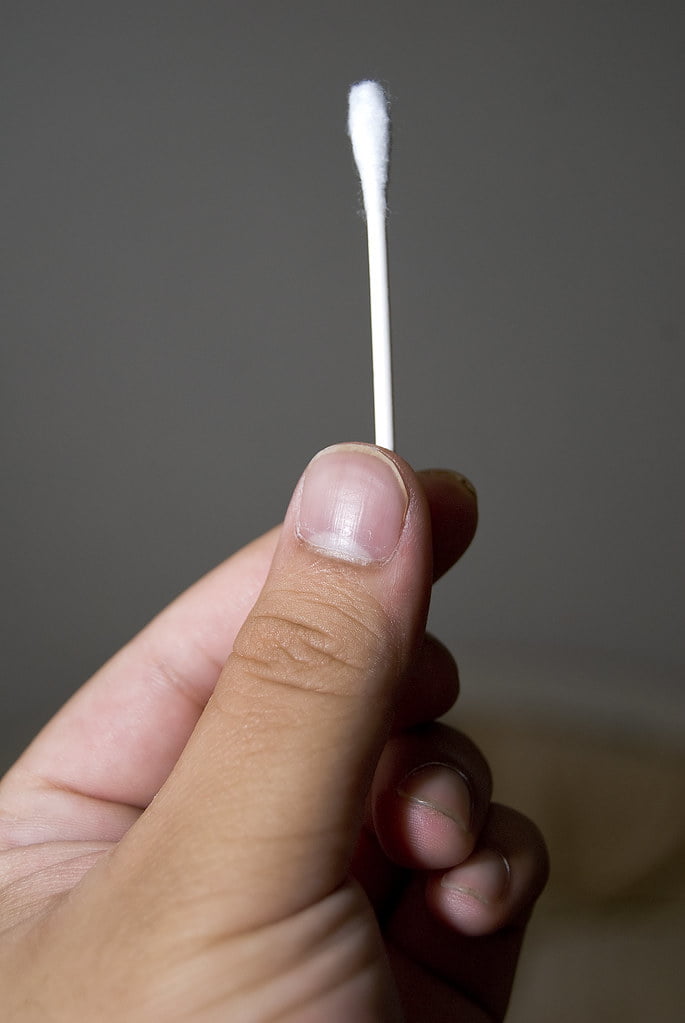From Pinna to Eardrum: Unlocking the Fundamentals of Ear Anatomy
Last Updated on 3rd May 2024 by Admin
The human ear is an incredible organ that plays a crucial role in our ability to hear and perceive sound. From the external pinna to the internal eardrum, the ear consists of several intricate parts that work together to capture, transmit, and process sound waves. In this article, we will explore the fundamentals of ear anatomy, delving into each component’s structure and function.
External Ear: Pinna and Ear Canal
The journey of sound begins with the external ear, also known as the auricle or pinna. This visible part of the ear consists of cartilage covered with skin, and its unique shape helps in capturing and funneling sound waves into the ear canal.
The pinna not only acts as a funnel but also plays a role in sound localization. It helps us determine the direction from which a sound is coming, allowing us to identify its source accurately. The shape and position of the pinna create subtle differences in the timing and intensity of sound waves reaching each ear, which our brain uses to locate the sound.
The ear canal extends from the pinna to the middle ear and is lined with delicate skin and tiny hairs. This narrow and winding passage not only protects the eardrum but also amplifies sound as it travels deeper into the ear. The skin lining the ear canal produces cerumen, commonly known as earwax, which serves as a protective barrier against debris and bacteria. The tiny hairs, called cilia, help to trap particles and prevent them from reaching the delicate structures of the middle ear.
Middle Ear: Eardrum and Ossicles
As sound waves pass through the ear canal, they reach the middle ear, which consists of the eardrum (tympanic membrane) and a chain of three tiny bones known as the ossicles. Let’s explore each of these components in more detail:
Eardrum (Tympanic Membrane)
The eardrum, a thin and delicate membrane, separates the external ear from the middle ear. It vibrates when sound waves strike it, converting the acoustic energy into mechanical vibrations. The eardrum consists of three layers: the outer layer, which is continuous with the skin of the ear canal; the middle layer, which is fibrous and provides structural support; and the inner layer, which is continuous with the lining of the middle ear.
The eardrum’s ability to vibrate is crucial for the transmission of sound to the inner ear. It acts as a barrier, preventing the loss of sound energy while efficiently transferring sound waves to the ossicles. The eardrum’s sensitivity to changes in air pressure also helps protect the delicate structures of the middle ear from damage.
Ossicles: Hammer, Anvil, and Stirrup
The ossicles, also referred to as the auditory ossicles, are the smallest bones in the human body. They are located within the middle ear and form a bridge between the eardrum and the inner ear. The three ossicles are:
- Malleus (Hammer): Attached to the eardrum, the malleus receives vibrations and transmits them to the next ossicle. It is shaped like a hammer, with a long handle attached to the eardrum and a head that articulates with the incus.
- Incus (Anvil): Positioned between the malleus and stapes, the incus continues the transmission of vibrations. It has a unique shape resembling an anvil, with a body and two arms that connect to the malleus and stapes, respectively.
- Stapes (Stirrup): The stapes is the final ossicle in the chain, and it connects to the oval window of the inner ear, delivering the amplified vibrations. Resembling a stirrup, it has a base attached to the incus and a footplate that rests against the oval window.
The coordinated movement of these three ossicles amplifies sound and facilitates its transmission to the fluid-filled inner ear. The lever-like action of the ossicles increases the force exerted on the oval window, compensating for the loss of sound energy when sound waves transition from air to fluid.
Inner Ear: Cochlea and Vestibular System
The inner ear, also known as the labyrinth, is a complex structure responsible for converting mechanical sound vibrations into electrical signals that can be interpreted by our brain. It consists of two main parts: the cochlea and the vestibular system.
Cochlea
The cochlea, resembling a snail shell, is a spiral-shaped, fluid-filled structure that plays a vital role in our ability to hear. It is lined with specialized sensory cells called hair cells, which convert mechanical vibrations into electrical signals. These signals are then transmitted to the brain via the auditory nerve for interpretation.
The cochlea’s intricate structure consists of three fluid-filled chambers: the scala vestibuli, the scala media, and the scala tympani. The scala vestibuli and scala tympani are connected at the apex of the cochlea through a small opening called the helicotrema. Sound waves entering the cochlea cause fluid movement in the scala vestibuli, which in turn stimulates the hair cells in the scala media. The hair cells convert this mechanical energy into electrical signals, which are then transmitted to the brain.
Vestibular System
Adjacent to the cochlea lies the vestibular system, which contributes to our sense of balance and spatial orientation. It consists of three semicircular canals and two otolith organs, collectively known as the vestibular apparatus. These structures detect the movement and position of our head and provide crucial information for maintaining balance.
The semicircular canals are responsible for detecting rotational movements of the head, while the otolith organs (the utricle and saccule) detect linear accelerations and the orientation of the head relative to gravity. The fluid-filled canals and otolith organs contain specialized sensory cells that detect the movement of tiny calcium carbonate crystals, called otoliths or otoconia. When the head moves, the movement of the otoliths stimulates the sensory cells, sending signals to the brain about changes in head position and movement.
Conclusion
Understanding the fundamentals of ear anatomy helps us appreciate the intricacies of how we perceive sound. From the pinna capturing sound waves to the eardrum converting them into mechanical vibrations, and finally, the inner ear translating them into electrical signals for our brain to interpret, each component plays a vital role in the auditory process.
By unraveling the mysteries of ear anatomy, we gain a deeper appreciation for the remarkable mechanisms and functions that enable us to experience the fascinating world of sound.
FAQ
- What is the role of the pinna in the auditory process?
The pinna, or external ear, acts as a funnel to capture and funnel sound waves into the ear canal. It also helps in sound localization, allowing us to determine the direction of a sound.
- What is the function of the eardrum (tympanic membrane)?
The eardrum vibrates when sound waves strike it, converting the acoustic energy into mechanical vibrations. It acts as a barrier, preventing the loss of sound energy while efficiently transferring sound waves to the ossicles.
- What are the three ossicles in the middle ear and their functions?
The three ossicles are the malleus (hammer), incus (anvil), and stapes (stirrup). They form a bridge between the eardrum and the inner ear, amplifying sound and facilitating its transmission. The lever-like action of the ossicles increases the force exerted on the oval window, compensating for the loss of sound energy.
- What is the role of the cochlea in the auditory process?
The cochlea is a spiral-shaped, fluid-filled structure in the inner ear responsible for converting mechanical sound vibrations into electrical signals. It contains hair cells that convert vibrations into electrical signals, which are then transmitted to the brain via the auditory nerve for interpretation.







